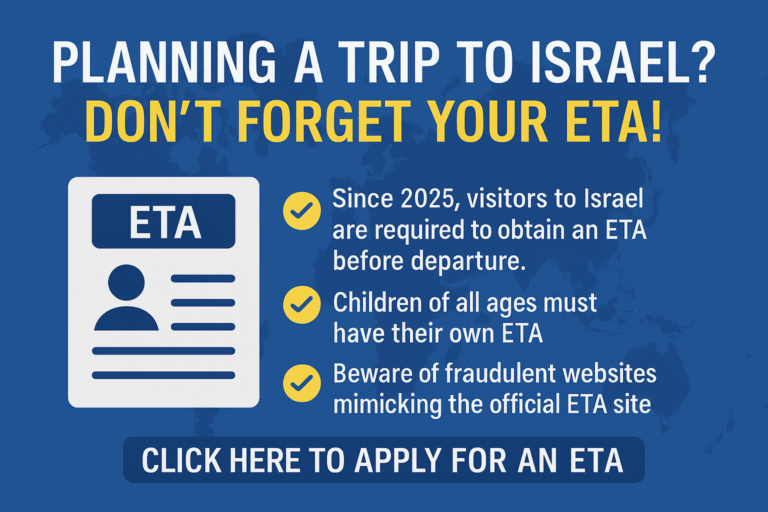 Here are some important safety tips to ensure you have a happy Pesach! (Courtesy of Jewishfireprevention.org)
Here are some important safety tips to ensure you have a happy Pesach! (Courtesy of Jewishfireprevention.org)
When searching for chometz:
*Keep candles away from all flammable materials (curtains, sofas, clothing etc.)
*Do not place used candles in paper bag with chometz
When burning chometz:
*Once fire is lit, do not add any fire enhancing agents (gas, lighter fluid etc.)
*Keep fire away from structures, cars, trees & wires
*Never burn plastic or explosive materials
*Light candles out of children’s reach and where they cannot be knocked over!
*Participate in a community chometz burning if available
When lighting candles:
*Place candle on a sturdy heat resistant surface away from flammable materials including walls, curtains, cabinets, wooden and plastic tables, tablecloths etc.
*Keep surfaces and surrounding areas clear of burned matches and other debris
*Never leave Yom Tov/ Shabbos candles unattended or go to sleep while they are burning
*Use extra caution when using 24 hour yartzeit candles, keep on a heat resistant surface away from flammable materials
When cooking & koshering:
*Set appliances back on counter to avoid accidental burns & spills
*Designate ovens, stoves and heat containing appliances as a “NO GO ZONE”
*Position blech so that heat can escape from all sides without heating walls, cabinets, and counters
*Never cover oven vents with aluminum foil
*Keep pot handles turned inward and away from the edge of the stove
*Never move pots of boiling hot liquids while uncovered, and use caution when carrying hot food around children
*Treat burns immediately by cooling with cool water and call your local emergency number
Download a Pesach safety poster by clicking HERE.
(YWN World Headquarters – NYC)











5 Responses
When cooling burns with cool water, be sure to start out with luke warm water, then gradually turn it cooler; otherwise you may cause the skin to blister from rapid cooling.
Thank you for watching over our safety. Let’s all take necessary steps so we can all enjoy pesach with our family. May we all have a safe and kosher pesach!
A few years ago, our carbon monoxide alarm went off on the Shabbos preceding Pesach. It turns out that we had covered the oven vents with foil. In addition to the excellent list given here, please make sure you have a working carbon monoxide alarm.
Esmith 92000 -I guess this is your zip. They must do things differently in California than the rest of the country. Where in the world did you get this -start with luke warm water? Did this happen to you -that you got blisters -so you decided you must use warm water first?
I treated my own burns besides that of others and I always use cool water and I never even get a first degree burn when I cool it immediately within 30 sec., let alone any blisters.
Anyway the following is the latest guidelines from the AHA in the chapter of First Aid in their CPR-ECC book:
“Cool thermal burns with cold (15° to 25°C) tap water as soon as possible and continue cooling at least until pain is relieved (Class I, LOE B).86–93
Cooling reduces pain, edema, and depth of injury. It speeds healing and may reduce the need for
excision and grafting of deep burns. Don’t apply ice directly to a burn; it can produce tissue ischemia (Class III, LOE B).
Prolonged cold exposure to small burns, and even brief
exposure if the burn is large, can cause further local tissue injury and hypothermia.
Burn Blisters:
Loosely cover burn blisters with a sterile dressing but leave blisters intact because this improves healing and reduces pain”
Halachah tells us that we should use a small flame instead of a large flame for bedikas chameitz because if we use a large flame, we might be too scared to do a proper bedikah. Nowadays, we wouldn’t even do a proper bedikah with a small flame because so many things are flammable, it might be preferable to use a flashlight.